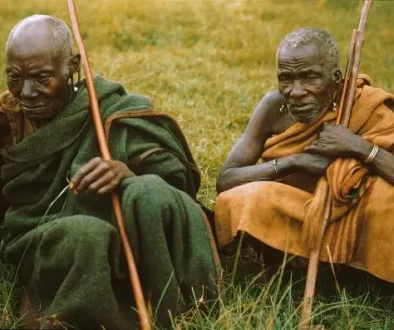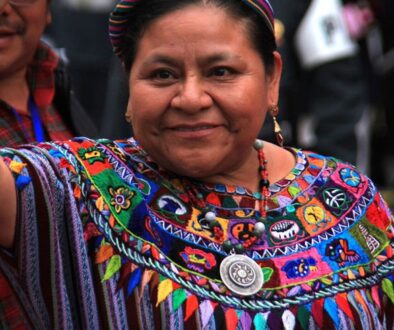Ban to climb the sacred monolith of Uluru
National Park Uluru-Kata Tjuta, Australia27 October 2019
The ban on climbing Uluru, the famous red monolith sacred to the Australian aborigines 348m high and a 9km perimeter, included in the UNESCO list of Natural and Cultural World Heritage Sites, was decided in 2017, in order to respect to the will of the aboriginal people Pitjantjatjara Anangu, who on October 26, 1985 recovered the traditional property of the lands where they had been living for about 30,000 years. Aboriginals believe that Uluru, located in the heart of the Australian desert, is the place where beings of their mythology live, to guide them for life. On Sunday 27th there will be a traditional closing ceremony.
The announcement of the closure led to a 20% increase in the number of visitors to almost 400,000 between July 2018 and June 2019, causing controversy in the country with sectors that consider Uluru (also known as Rock Ayers, the name colonial) an Australian icon and who believe that the closure could affect the tourism sector. However, the decision to ban access has inspired other aboriginal groups in Australia to consider similar prohibitions.
More information in New York Times.




